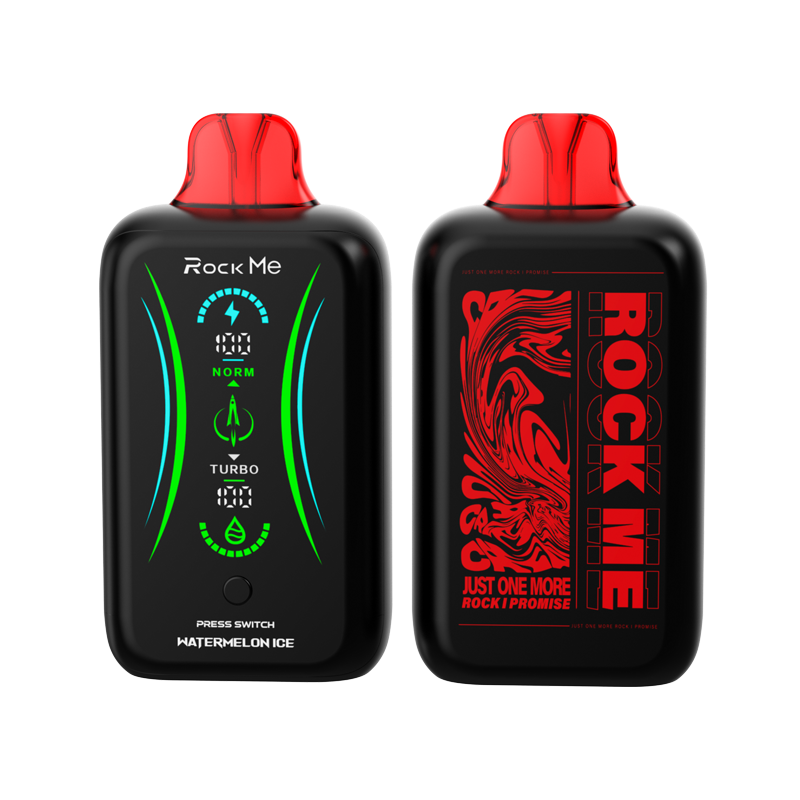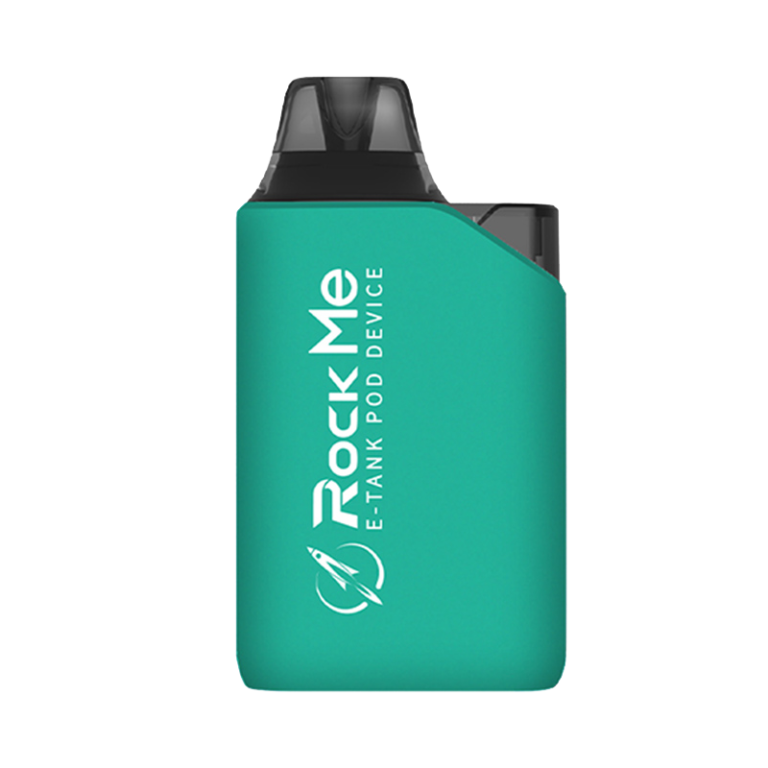A vape pen is an advanced electronic cigarette designed to heat a liquid—referred to as e-liquid or vape juice—via a battery-operated mechanism, producing inhalable vapor. These devices are typically portable and pen-shaped, providing convenience for users on the move. The construction of a vape pen includes essential components: a battery, a heating element (coil), a tank or cartridge for e-liquid storage, and a mouthpiece. E-liquids come in an array of flavors and nicotine concentrations, enabling users to tailor their vaping experience according to personal preferences.
Health Impacts of Vaping vs. Smoking
Immediate Health Effects
Respiratory Issues
When it comes to respiratory health, both vaping and smoking introduce foreign substances into the lungs, but their impacts can differ significantly. Smoking cigarettes can lead to chronic bronchitis, emphysema, and a decline in lung function. The smoke contains tar and other particles that can clog the airways and cause inflammation. Conversely, while vaping also introduces substances into the lungs, it generally produces fewer harmful byproducts. However, vaping has been associated with conditions like “vaper’s cough” and other respiratory irritations.
Cardiovascular Health
The cardiovascular system serves as a crucial point of differentiation between vaping and smoking regarding their respective health impacts. Smoking has been extensively associated with numerous cardiovascular issues, such as hypertension, myocardial infarctions, and cerebrovascular accidents. The nicotine and carbon monoxide present in cigarette smoke have deleterious effects on blood vessels and impair oxygen delivery to the heart. Conversely, vaping typically involves fewer hazardous chemicals and does not generate carbon monoxide; however, it still contains nicotine. It is noteworthy that while current evidence suggests reduced harm compared to smoking, the long-term cardiovascular consequences of vaping are still under investigation. Importantly, nicotine itself poses risks for cardiovascular stress regardless of its source.
Long-Term Health Consequences
Cancer Risk
One of the most severe long-term health consequences of smoking is its association with various forms of cancer, particularly lung cancer. The carcinogens in cigarette smoke are well-documented and have been proven to significantly increase cancer risk. Vaping, on the other hand, does not involve combustion, which means it typically produces fewer carcinogens compared to traditional smoking. Although this suggests a potentially lower cancer risk, it does not mean vaping is completely risk-free, as the long-term effects are still under investigation.
Chronic Diseases
Chronic diseases such as chronic obstructive pulmonary disease (COPD) and chronic bronchitis are common among long-term smokers. These conditions severely impact the quality of life and require ongoing medical treatment. Vaping, while not devoid of risks, has not been closely linked to such chronic diseases to the same extent as smoking. However, there are emerging concerns regarding EVALI (e-cigarette or vaping product use-associated lung injury) and other long-term effects that continue to be studied.
Chemicals Involved in Vaping and Smoking
Nicotine Levels
Both vaping and smoking deliver nicotine, a highly addictive substance, to the user. Traditional cigarettes typically have a fixed nicotine content, which varies between brands but remains relatively static within individual products. Vape pens offer customizable nicotine levels, allowing users to choose the amount of nicotine in their e-liquids. This flexibility can be beneficial for those looking to wean themselves off nicotine but can also pose risks if higher doses are used without proper knowledge.
Harmful Additives and Contaminants
Cigarettes are notorious for containing a multitude of harmful additives and contaminants, including tar, carbon monoxide, formaldehyde, and benzene, all of which contribute to their high health risks. Vape pens, while generally containing fewer harmful substances, are not entirely free from contaminants. E-liquids can include chemicals like diacetyl, acetoin, and formaldehyde, especially when heated to high temperatures. Additionally, the quality of vape products can vary, making it challenging to fully assess their safety.
The ROCKME brand is an electronic atomizer brand launched by Shenzhen Thunder Storm Technology Co., Ltd. for the global market. Its main products are pod system and disposabal vape, hoping to provide global consumers with more interesting and convenient products, safer use experience and higher quality lifestyle.
Regulatory Perspectives and Safety Standards
FDA Regulations on Vape Pens
The Food and Drug Administration (FDA) has implemented various regulations concerning the production and marketing of vape pens. These regulations include age restrictions, labeling requirements, and manufacturing standards aimed at ensuring product safety. For instance, e-liquid packaging must clearly display nicotine content along with other ingredients, allowing consumers to make informed choices. The FDA also monitors claims made by vape pen manufacturers, ensuring that no misleading or unproven health benefits are advertised. Despite these regulations, the relative novelty of vape pens means that ongoing research and policy adjustments are necessary to address emerging risks.
Tobacco Control Laws on Cigarettes
Cigarettes are subject to stringent tobacco control laws globally. These laws vary by country but generally include measures like age restrictions, smoking bans in public places, advertising constraints, and mandatory health warnings on packaging. Taxes on tobacco products are another common strategy used to reduce smoking rates. The intent of these regulations is to curtail the prevalence of smoking by making cigarettes less accessible and less appealing, thereby reducing their public health impact. These comprehensive approaches reflect the well-documented dangers of cigarette smoking and aim to diminish its societal burden.
Social Implications and Public Perception
Smoking Stigma and Social Acceptance
Smoking has become increasingly stigmatized in many parts of the world due to the well-documented health risks associated with tobacco use. Public smoking bans, anti-smoking campaigns, and growing awareness about the dangers of secondhand smoke have contributed to this shift in perception. Smokers may find themselves socially ostracized or subject to negative judgments, which can create barriers to quitting despite the desire to do so. This stigma underscores the broader societal transition towards promoting healthier lifestyles and reducing tobacco dependence.
The Rise of Vaping Culture
In contrast to the stigma associated with smoking, vaping has developed its own culture, particularly among younger demographics. This culture is often bolstered by social media, where enthusiasts share their experiences, techniques, and preferences for various devices and e-liquids. The appeal of flavored e-liquids and the perception of vaping as a less harmful alternative to smoking contribute to its growing popularity. However, this rise also brings concerns about normalizing nicotine use, particularly among adolescents, further complicating public health efforts to curb addiction.
As one of the famous brands of electronic cigarettes, Thunder Storm has a standardized dust-free production workshop of 10,000+㎡, a production team of nearly 500 people, and a daily production capacity of up to 100,000 pieces. Thunder storm, the parent company of ROCKME, currently manufactures for major electronic atomizer brands in the world.
Lifestyle Changes and Harm Reduction
Switching from Cigarettes to Vape Pens
Many smokers consider switching to vape pens as a harm reduction strategy. This transition can potentially reduce exposure to the harmful chemicals found in cigarette smoke, offering a less hazardous way to consume nicotine. Additionally, the ability to control nicotine levels in e-liquids can help individuals gradually reduce their nicotine intake over time. While this switch may mitigate some health risks, it’s important to remain cautious and well-informed about the potential dangers associated with long-term vaping.
Effects on Physical Activity and Overall Well-being
Quitting smoking, whether through vaping or other means, can have significant positive effects on physical activity and overall well-being. Former smokers who switch to vape pens may find improvements in respiratory function, allowing them to engage more readily in physical activities. Additionally, the reduction of smoking-related health issues such as chronic coughs and shortness of breath can enhance quality of life. However, it’s essential to weigh these benefits against the yet-unclear long-term impacts of consistent vaping use.
Expert Opinions and Medical Research Findings
Studies Supporting Vaping as a Safer Alternative
Several studies suggest that vaping may be a less harmful alternative to traditional cigarette smoking. Research has indicated that while vape pens still deliver nicotine, the absence of combustion means exposure to fewer harmful chemicals. Some medical experts believe that transitioning from smoking to vaping can be a stepping stone towards complete nicotine cessation. For instance, a study by Public Health England concluded that vaping is significantly less harmful than smoking and can be an effective smoking cessation tool when combined with behavioral support.
Research Highlighting Potential Dangers of Vaping
Despite its potential benefits, vaping is not without risks. Growing research highlights various health concerns, including potential lung damage and nicotine addiction. There have been cases of EVALI, a severe lung condition linked to certain vape products, emphasizing the need for caution. Some studies also suggest that the flavors in e-liquids might contain harmful chemicals. Thus, while vaping may pose fewer health risks than smoking, it is not entirely safe, and users should be informed about potential dangers.
Making an Informed Decision
In comparing vape pens and cigarettes, the choice should ultimately hinge on a thorough understanding of the associated health risks, regulatory landscapes, and social implications. Vape pens might present a reduced risk compared to traditional cigarettes, particularly in terms of exposure to harmful chemicals and carcinogens. However, the long-term consequences of vaping remain under research, making it essential for users to stay informed through credible health advisories and ongoing studies.
Nicotine, whether consumed through cigarettes or vape pens, remains a highly addictive substance with significant health implications. Therefore, those looking to quit smoking should consider all available cessation tools and support systems. Consulting healthcare professionals and leveraging resources such as counseling and nicotine replacement therapies can aid in making a well-rounded, safer choice. Making informed decisions, in turn, empowers individuals to take control of their health and well-being more effectively.
Thunder Storm has an experienced engineering development team that provides one-stop services from product appearance design, structural design, sample testing, large-scale production, product testing, to product sales and after-sales service.




